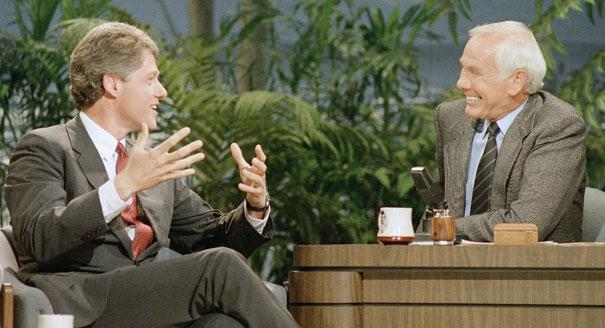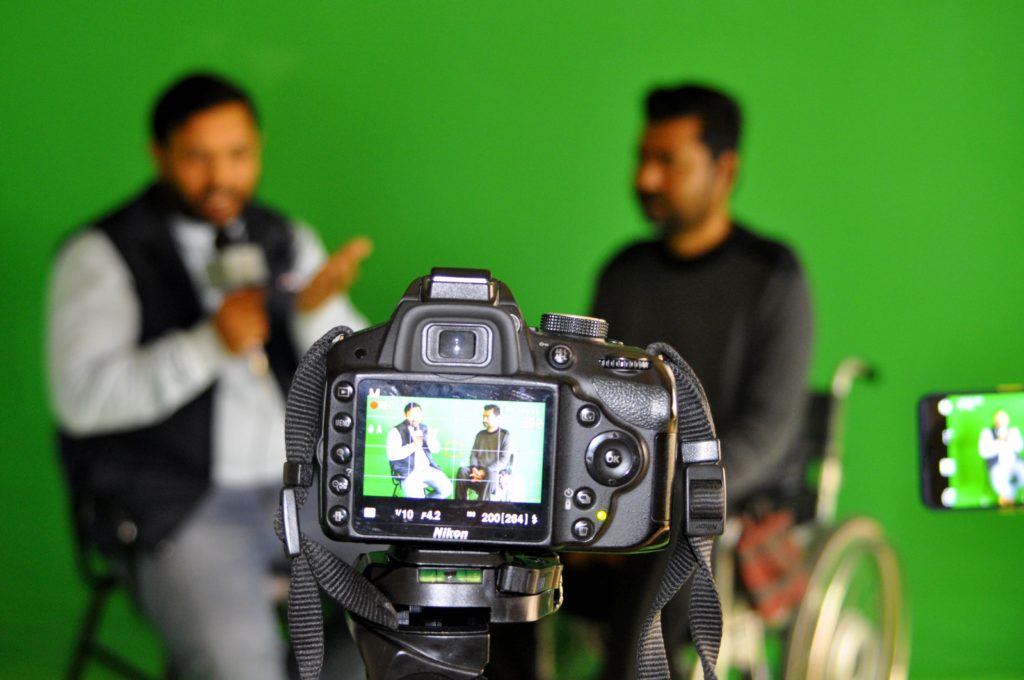How Long Should Your Media Answers Be?
This is an excerpt from my book, The Media Training Bible: 101 Things You Absolutely, Positively Need to Know Before Your Next Interview.
If you’ve ever been deposed in a legal case, your attorney probably instructed you to answer questions using the fewest number of words possible. In a legal setting, saying too much can come back to haunt you. So when you’re asked if you know what time it is during a deposition, the correct answer isn’t “half past one,” but “yes.”
No wonder attorneys often make the worst media guests. They end their answers abruptly, leaving the audience to wonder why their answers sound so artificially clipped and carefully parsed.
The attorneys who bring their best legal advice to media interviews—“Say only what you have to say, then stop”—are missing one critical ingredient. Unlike legal depositions, media interviews represent an opportunity to advocate more fully for your product or idea.
The proper advice is this: “Say what you have to say, briefly advocate for your product or idea, and then stop.” You can advocate using a combination of your messages, message supports, and/or a call to action.
As you read earlier, the average quote from media spokespersons on evening newscasts is just 7.3 seconds, an average of 18 words. But that doesn’t mean you need to answer every question in 7.3 seconds. Sure, it’s helpful if your answers are short and tight. But it’s even more important to ensure that each of your sentences expresses a complete thought and can stand on its own. That way, it doesn’t matter which sentence a reporter chooses—if everything you say reflects one of your main messages, a message support, or a call to action, then anything the reporter prints will be “on message.”
For example, you may remember this answer from a few lessons ago:
“I would remind people that more than 18,000 women of childbearing age in Pennsylvania live at least 100 miles from the closest obstetrician, which places them at great risk. Having your doctor an hour away is like keeping your Band- Aids at a friend’s house—they’re useless when you need them most. It’s a life-threatening situation, and something has to change.”
That answer contains three sentences, but it doesn’t matter which of them the reporter chooses to quote. Any of the three would serve as an on-message response.
That doesn’t mean you have license to drone on. Aim to keep your answers to no more than about 30 seconds in length. But you’re allowed to give a more complete answer than you would be advised to deliver at trial.
Case Study: Bill Clinton Goes on Johnny Carson
Before he ran for president in 1992, Bill Clinton was best known for his 1988 nominating speech at the Democratic National Convention, which droned on for an hour.
Viewers who saw the speech all those years ago probably don’t remember a word he said, but they likely remember the television cutaways showing delegates of his own party nodding off. And they probably remember the restless crowd cheering when he finally uttered the words, “And in conclusion.”
A few nights later, Mr. Clinton appeared on The Tonight Show Starring Johnny Carson. Carson’s first question? “So, Governor, how are you?” Without pausing, Carson reached under his desk, pulled out an hourglass, and turned it upside down.
The audience roared.
If you enjoyed this excerpt, please check out my book, The Media Training Bible: 101 Things You Absolutely, Positively Need to Know Before Your Next Interview.




